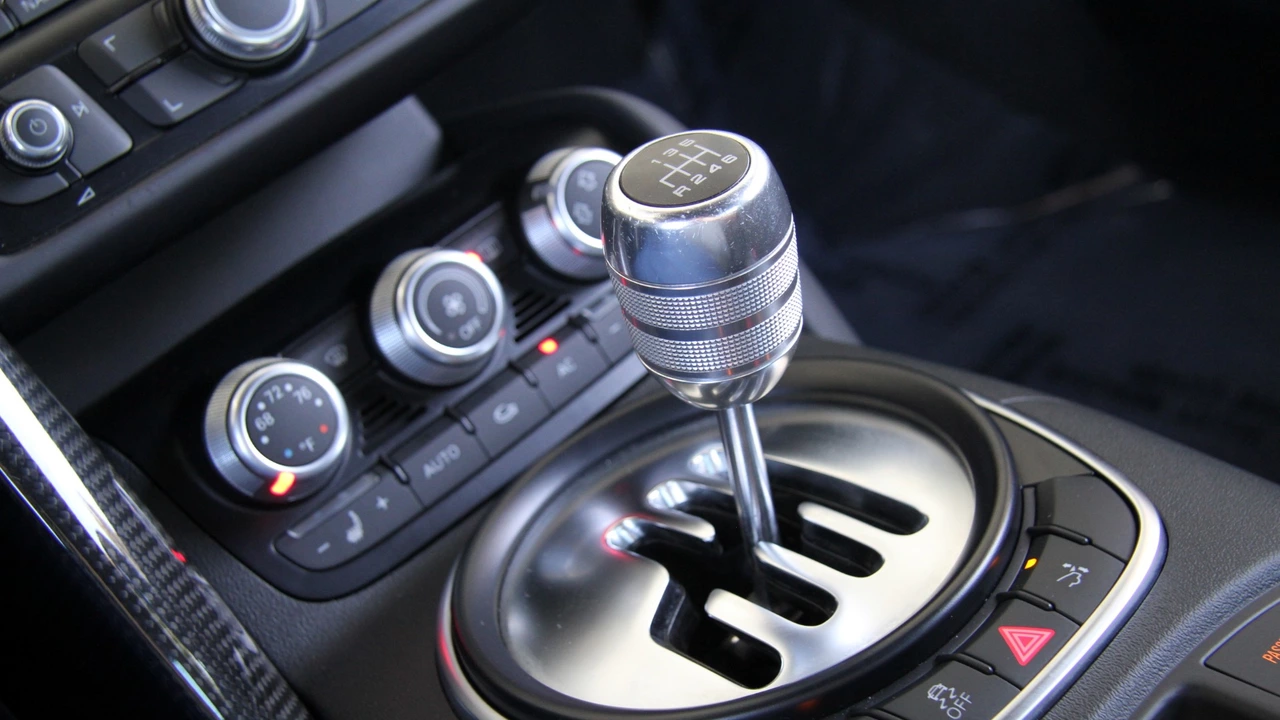Alright, pedal-to-the-metal folks! Let's grapple with the age-old question: are manual transmission cars the real deal for racing? Well, buckle up buttercup, because surprise, surprise, they often are! Manual cars provide a level of control unmatched by automatics, allowing racers to shift gears at the optimal time for a speed boost. Plus, the feeling of manually shifting gears can make you feel like a racing god! But remember, it's not just about the car, it's about the driver. So, practice those gear shifts and maybe one day you'll leave automatics in your dust!
Manual Transmission in Motorsports – The Driver‑Centric Gearbox
If you’ve ever watched a race car upshift with a flick of the wrist, you know a manual transmission can look pure poetry in motion. Unlike automatic boxes that handle every shift behind the scenes, a manual puts the driver in full control of power delivery. That control translates into faster laps, better feel and, honestly, a lot more fun.
How a Manual Gearbox Works
A manual gearbox has a clutch pedal, a gear lever and a set of gears that mesh together when you move the lever. Press the clutch, shift the lever into the next gear, release the clutch and the engine’s power flows through a new gear ratio. The lower the gear, the higher the torque at the wheels – perfect for quick acceleration out of a corner. The higher the gear, the lower the engine RPM, which helps you hit top speed on the straights.
Because you decide exactly when to change gears, you can keep the engine in its sweet spot – the range where it makes the most power. That’s why many drivers say a manual feels like an extra “hand” on the car. You can hold a gear longer for a strong exit, or upshift early to save fuel on a long straight.
Manual Transmissions in Modern Racing
Even with slick dual‑clutch systems in Formula 1, manual gearboxes still dominate in several series. Rally cars, touring‑car championships and many grassroots events rely on manuals because they’re cheap, robust and easy to repair mid‑race. In drag racing, a driver’s ability to launch the car with a perfect clutch bite often decides who wins.
There’s also a cultural angle. Fans love to hear the distinct click‑click‑click of a shift and see the driver’s hands dancing on the shifter. It creates a visceral connection you rarely get with a fully automatic. That’s why some MotoGP riders, despite riding two‑wheel machines, still talk about how a bike’s gearbox feels like a manual – you’re constantly matching engine revs with gear changes.
When it comes to safety, modern manuals have improved a lot. Lightweight materials keep the shifter inside the cockpit, and many race‑ready manuals now feature anti‑roll‑over locks that prevent accidental mis‑shifts. Combined with advanced telemetry, you can monitor shift times and catch any irregularities before they become a problem.
So, should you learn to shift yourself? If you’re into track days or club racing, absolutely. The skill set teaches you to feel the car’s rhythm, which translates into faster corner exits and better lap consistency. Even if you end up on a car with a paddle‑shift semi‑automatic, understanding the manual fundamentals will help you make smarter gear choices.
In short, manual transmissions keep the driver at the heart of the action. They’re affordable, durable and add a pure, tactile element to every race. Whether you’re chasing a 0‑60 record on the drag strip or battling for position on a winding road course, the manual gearbox remains a thrilling tool for anyone who loves speed.
